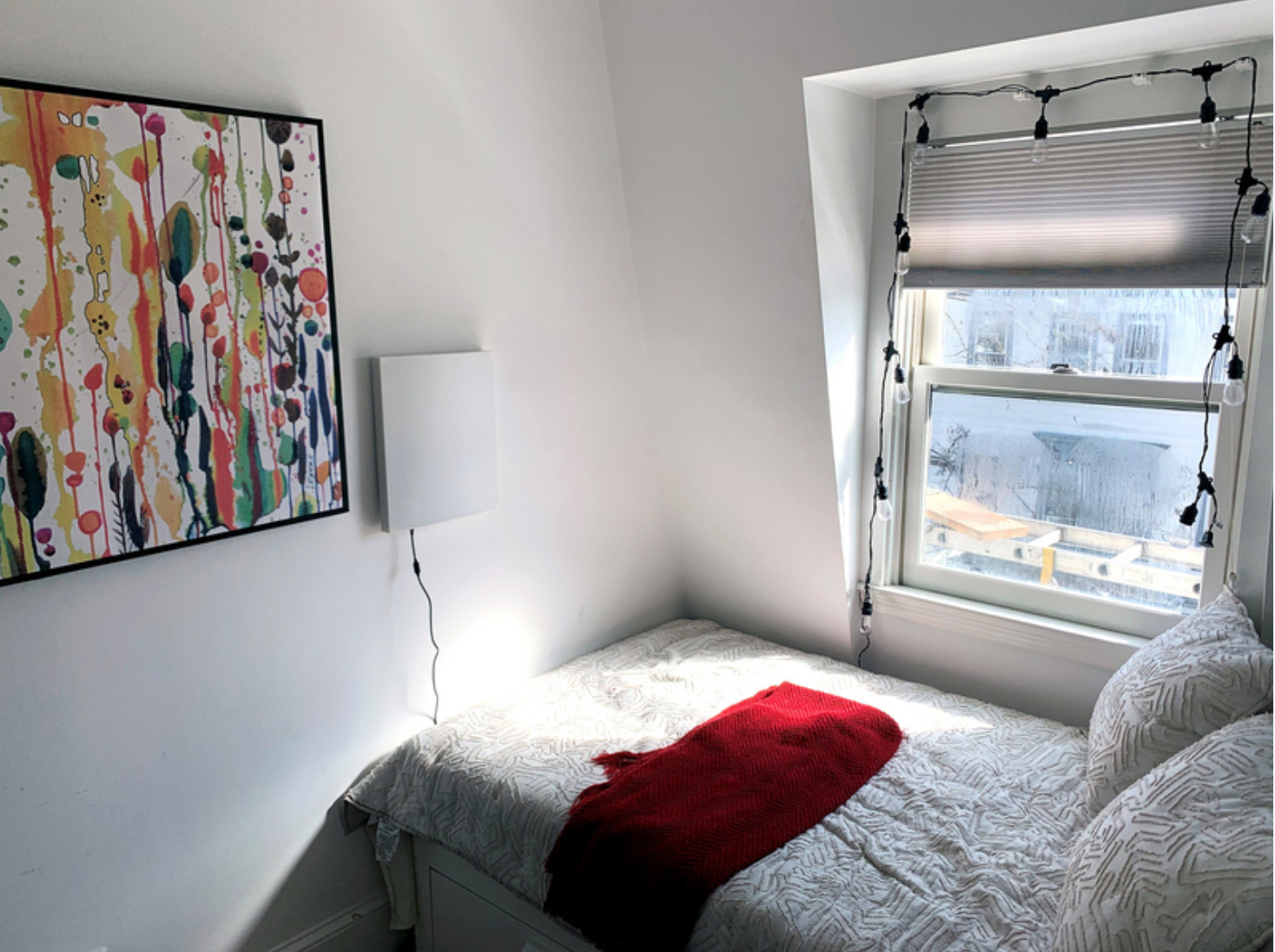MIT’s Dina Katabi has developed a non-contact, neural network-based system to detect Parkinson’s disease while a person is sleeping.
By assessing nocturnal breathing patterns, the series of algorithms detects, and tracks the progression of, the disease — every night, at home.
A device in the bedroom emits radio signals, analyzes their reflections off the surrounding environment, and extracts breathing patterns, without bodily contact. The breathing signal is then fed to the neural network to assess Parkinson’s Disease in a passive manner.
Current diagnosis methods are invasive, expensive, and must be done at specialized centers, making frequent testing almost impossible.
Katabi said that a relationship between Parkinson’s and breathing was noted in 1817, motivating her to explore this form of detection, and that respiratory symptoms manifest years before motor symptoms.
Join ApplySci at MIT on September 30th for Deep Tech Health + Neurotech Boston
